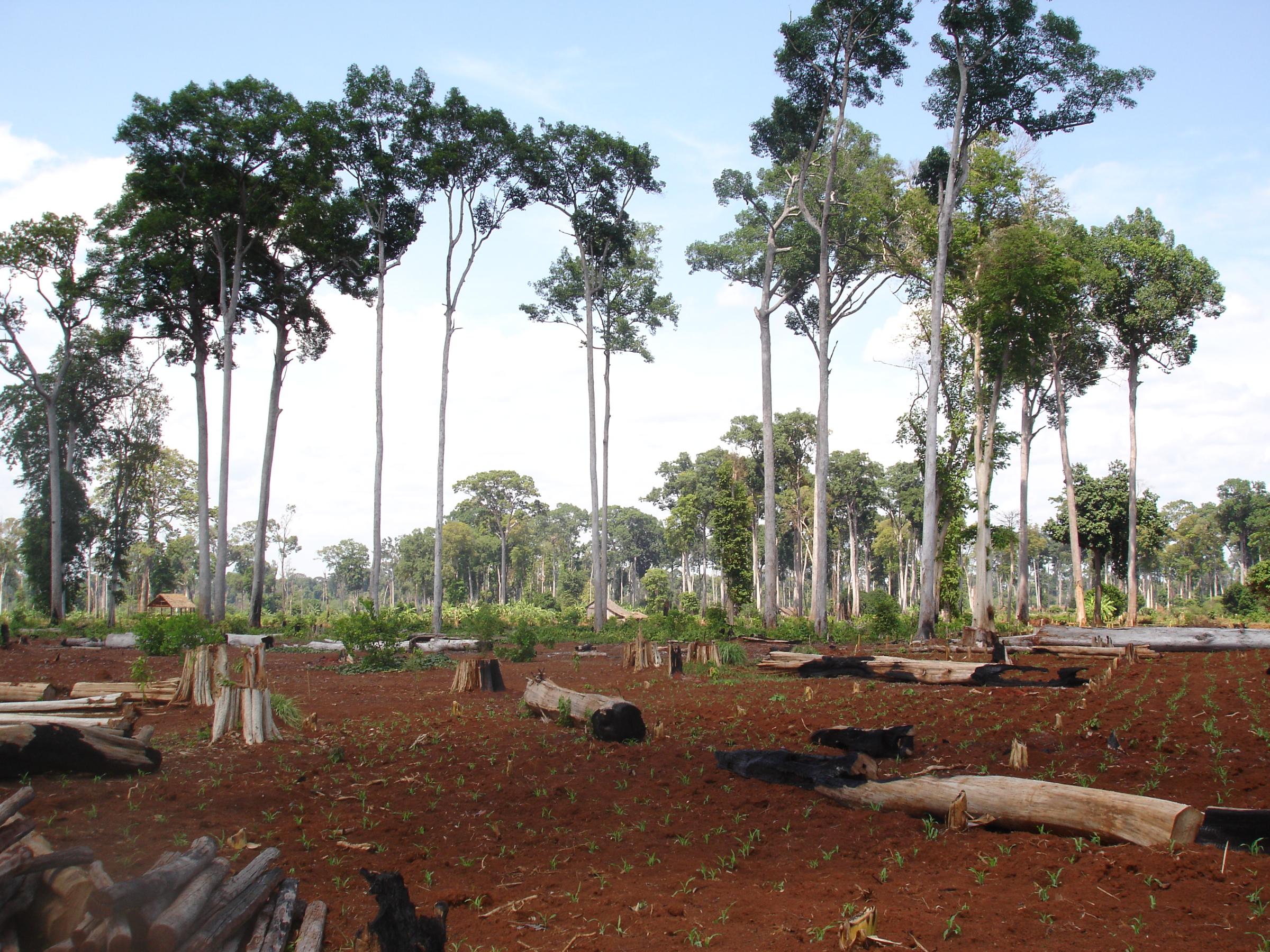Since the turn of the century, 27,000 km2 of land in Cambodia has been deforested. This is 14.8% of total land area in the country. It also represents 26.4% of forest cover as existed in 2000.
An acceleration in deforestaton is seen from the early 2000s to 2010. For the land‐grab aficionado, the trend runs parallel to the ‘global land rush’ and mirrors the evolution of agricultural commodites prices.
The aim of this story is to explore in more detail the convenience of this narrative. Is deforestation over the last twenty years in Cambodia mainly a product of large‐scale acquisitions to secure land for commercial operations? If not, what are the other drivers impacting upon deforestation, and how do they relate to existing land tenure and land use regimes?
The path we will follow does highlight the significant influence of economic land concessions as a key policy frame for land acquisition and investment. However, this is not the whole story. Just as significant is the rural‐to‐rural migration of smallholders squeezed out of their land in lowland areas, and so seeking a new start in upland Cambodia. Illegal logging also remains important, with commercial operations continuing unabated after the onset of COVID‐19.
The story therefore highlights three key drivers, which are separately addressed:
- Large‐scale acquisition of land for agro‐industrial development
- Agrarian expansion by smallholder farmers
- Illegal logging
Click here to view this data story in full screen.
Download the PDF version of this data story.
Insights from the author



